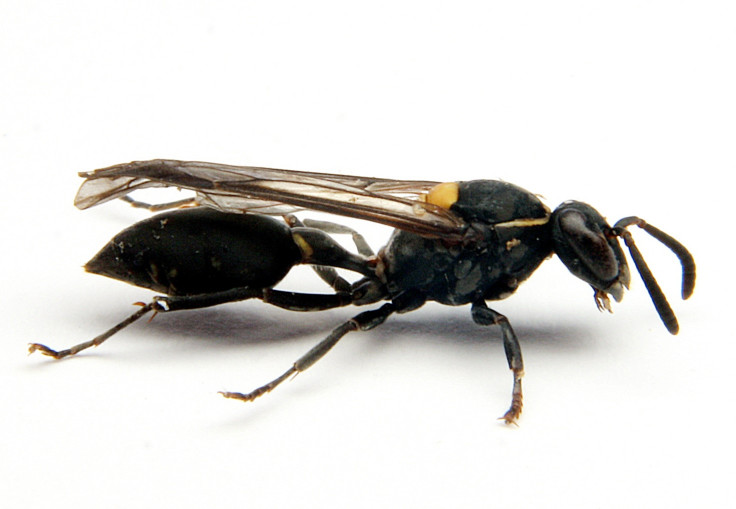Brazilian wasp venom that kills cancer cells holds potential for anti-cancer drugs

Brazilian wasp venom has been found to have potent cancer-fighting properties that could lead to the development of a completely new class of anti-cancer drugs, scientists have said. The ingredient found in the venom of Polybia paulista (Polybia-MP1) has been found to kill cancer cells without damaging normal ones, researchers have discovered. The study, published in the Cell Press journal Biophysical Journal, has shown exactly how the venom's toxin interacts with lipids distributed on the surface of cancer cells and creates gaping holes through which molecules crucial for cell function leak out from.
Scientists from the University of Leeds and the São Paulo State University in Brazil found that MP1 disrupts the bacterial cell membrane to act against microbial pathogens. Previously, it has been shown to inhibit the growth of prostate and bladder cancer cells as well as multi-drug-resistant leukemic cells. However, the exact way that it destroys cancer cells without harming normal cells was not known.
The researchers thought that MP1 might be a potent cancer killer because of the unique properties of cancer cell membranes: in healthy membranes, phospholipids called phosphatidylserine (PS) and phosphatidylethanolamine (PE) are found in the inner membrane facing the inside of the cell. In cancer cells, they are embedded on the outer membrane, facing the cell surroundings. To test their idea, the scientists created model membranes and exposed them to MP1. They found the presence of PS increased the binding of the MP1 to the membrane, while the presence of PE increased the MP1's ability to disrupt the membrane and create holes in the cell.
João Ruggiero Neto, one of the senior authors of the study, said: "Formed in only seconds, these large pores are big enough to allow critical molecules such as RNA and proteins to easily escape cells. The dramatic enhancement of the permeabilisation induced by the peptide in the presence of PE and the dimensions of the pores in these membranes was surprising."
They found the PS and PE lipids combine to increase the membrane destruction by MP1, suggesting combined enrichment of these lipids is significant to MP1's anticancer action – possibly adding the development of drugs for future cancer treatments.
Paul Beales, also a senior study author, said: "Cancer therapies that attack the lipid composition of the cell membrane would be an entirely new class of anti-cancer drugs. This could be useful in developing new combination therapies, where multiple drugs are used simultaneously to treat a cancer by attacking different parts of the cancer cells at the same time."
"Understanding the mechanism of action of this peptide will help in translational studies to further assess the potential for this peptide to be used in medicine. As it has been shown to be selective to cancer cells and non-toxic to normal cells in the lab, this peptide has the potential to be safe, but further work would be required to prove that."
© Copyright IBTimes 2025. All rights reserved.






















